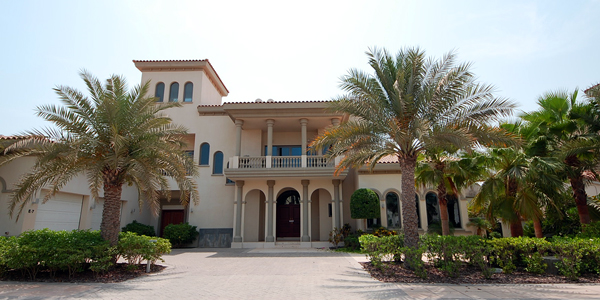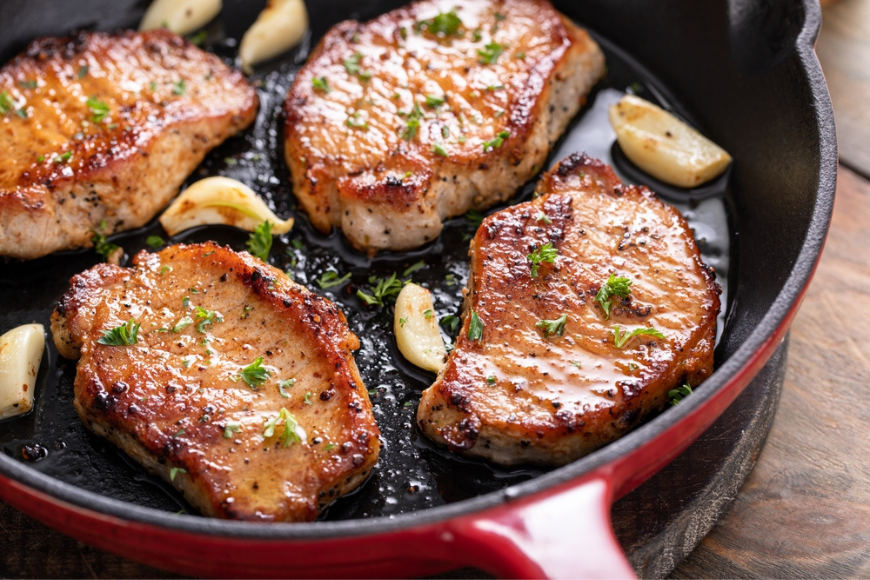19 December 2011
| Last updated on 19 January 2020Palms: selection, planting, and maintenance guidelines

Palm Selection
When selecting a palm, a number of factors should be considered:
• Why is the palm being planted? Will it act as a windbreak or screen (clumping palm)? Will it be a focal point of the landscape?
• Does the planting space and location lend itself to a large, medium, or small palm? Are overhead or below-ground utilities nearby? Is the site sunny or shady, windy or protected? What is the hardiness zone? Is the soil deep, fertile, and well drained, or is it shallow, compacted, and infertile?
• How much maintenance are you willing to provide? Does the palm have large fruits or fronds that need to be removed regularly to reduce the possibility of injury?
Asking and answering these and other questions before selecting a palm will help you choose the “right tree for the right place.”
Purchasing Palms
Most palms are grown in containers at nurseries, although larger specimens may be field stock. Choose a healthy palm for the best results in your landscape.
A high-quality palm has a
• properly-sized root ball for the species and trunk diameter
• trunk free of mechanical wounds and wounds from incorrect pruning
• full crown of healthy, vigorous fronds [Sabal palms (Sabal palmetto) are purchased with fronds removed]
• uniform trunk diameter consistent with the species’ natural characteristic
A low-quality palm has
• trunk sections of varying diameter (“hourglass”) or small diameter below the terminal bud (“penciling”)
• a trunk with wounds from mechanical impacts or incorrect pruning
• few fronds, poor color for the species, or pest infestation
Planting Palms
 Tie fronds and limit excessive movement of the palm head to protect the terminal bud during transport and planting. Remove dead or dying fronds prior to planting.
Tie fronds and limit excessive movement of the palm head to protect the terminal bud during transport and planting. Remove dead or dying fronds prior to planting.
The planting hole should be approximately 18 inches (46 cm) wider than the root ball to loosen surrounding soil. Plant the palm with the top of the root initiation zone about even with the soil surface. The original depth may have been too deep in the nursery.
Backfill the planting hole with the original soil where possible. When tree spades are used, vertical trenching or trenching out from the newly planted palm in a spoke pattern can be useful to loosen clay or compacted soils and allow better root penetration.
Irrigation needs depend on the climate and palm species. For cooler areas, water 1 to 2 times a week for three months after planting. For warmer climates or during the dry season, water 3 to 4 times a week until the palm becomes established or adequate natural rain water is available.
Maintaining Palms
Fertilizers
Depending on the site and species, palms may require fertilization to compensate for a nutrient deficiency, such as magnesium deficiency (yellowing fronds), iron deficiency (yellow young fronds, green mature fronds), manganese deficiency, particularly in alkaline soils (yellowed, frizzled young fronds), and zinc deficiency (small fronds). If a nutrient deficiency is suspected, an arborist can take soil and tissue samples for proper diagnosis at a testing facility.
Mulching
Organic mulches can add soil nutrients as they decompose and help limit damage from lawn care equipment. Apply 2 to 4 inches (5 to 10 cm) of organic mulch extending 2 to 4 feet (.6 to 1.2 m) around a palm. Avoid applying mulch directly against the trunk or root collar.
Diseases and Pests
Palms are susceptible to infections by viruses, bacteria, and fungi, as well as to infestation by insects and other pests. Infectious agents and pests vary widely by region and country. A university extension service, consulting arborist, or plant health care specialist familiar with palms in your area may be able to provide a diagnosis and suggestions for treatment.
Pruning
Most pruning of palms is done to remove dead or dying fronds, inflorescence (flowering), and/or fruiting clusters, particularly those that may be a potential risk to the public, such as coconuts. Pruning is usually conducted at least biannually. Coconuts may be pruned as often as every 3 to 4 months to minimize the risk of injury or damage from the heavy fruit.
Great care should be taken to avoid any damage to the terminal bud or trunk when removing fronds. Avoid removing fronds where the frond shaft is greater than 45 degrees above horizontal. Climbing spikes should generally not be used to climb palms for pruning, because they wound the palm trunk.
Overpruned palms may have slower growth and may attract pests. Overpruning is also more likely to cause terminal buds to be nicked during pruning or broken from winds after pruning, either of which may kill the palm.
With careful palm selection, proper planting, and regular maintenance, your palm can be a beautiful part of your landscape for many years.
The information is kindly provided by Trees are Good.




.png?itok=HBSyMDok)









































































.png)


























.png?itok=0fOAXkOm)

























.png?itok=EH_x0Pha)
